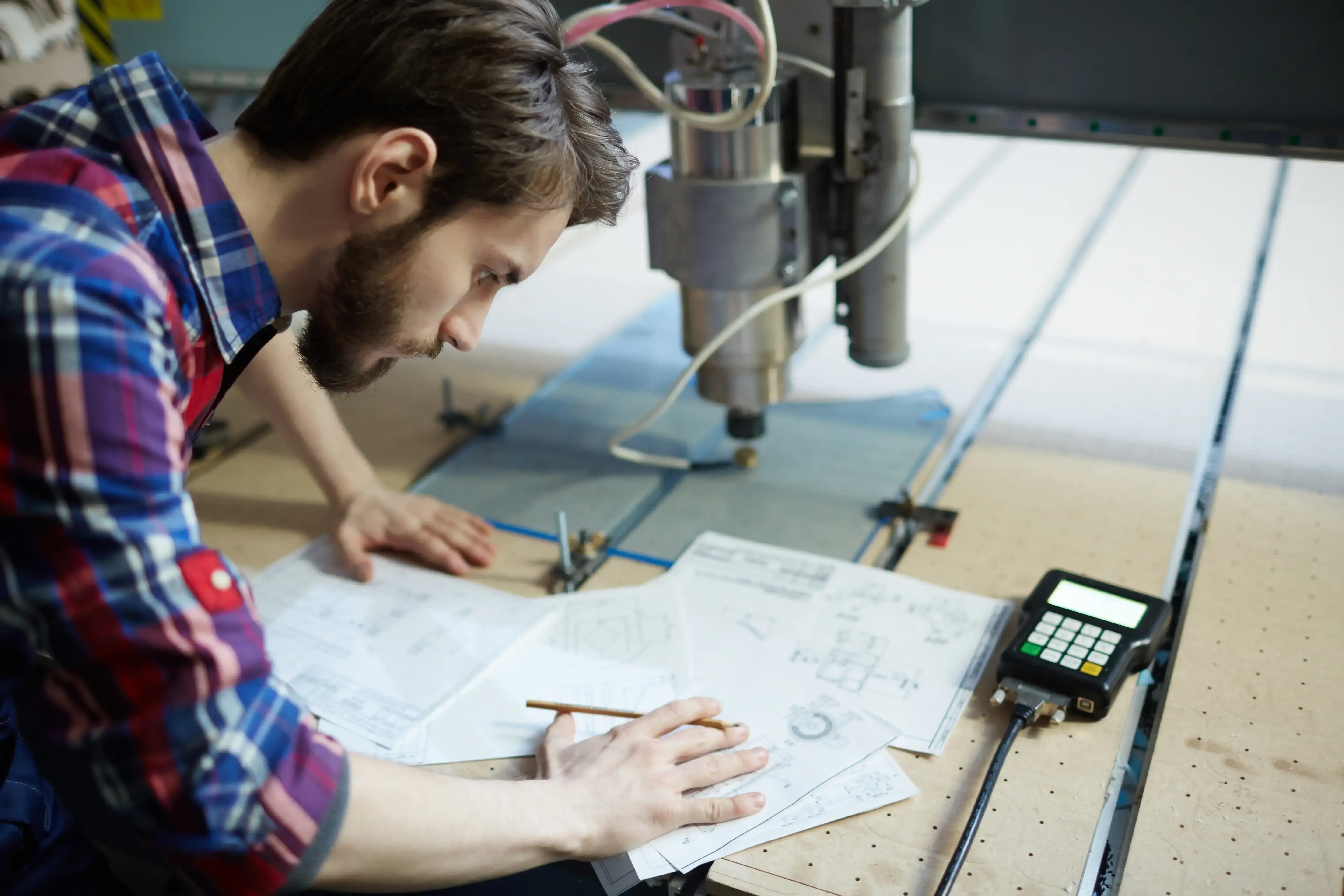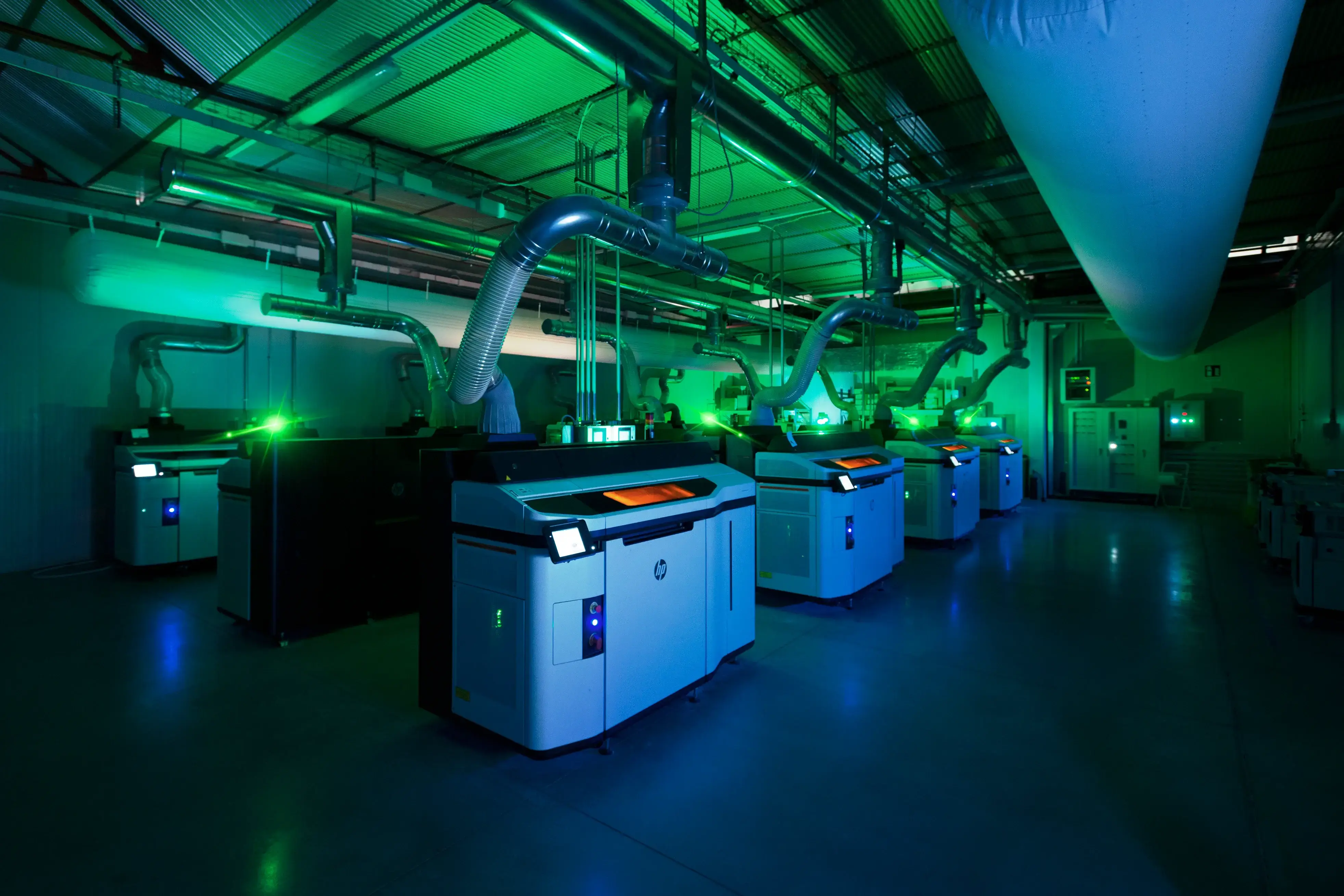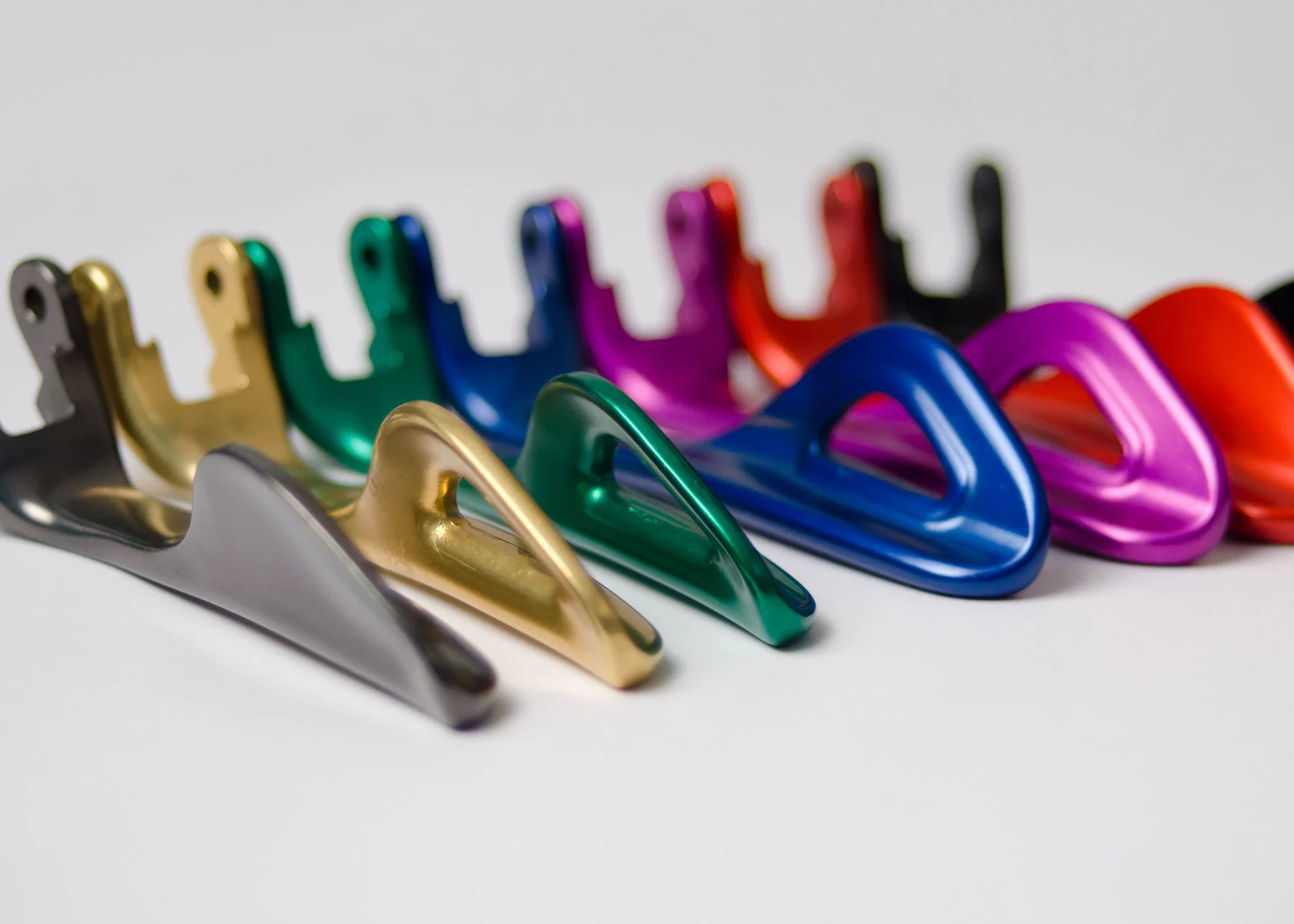2 min read
Guide to Topology Optimisation for 3D Printing
The evolution of manufacturing technology has led to revolutionary design and manufacturing paradigms. Topology optimisation in 3D printing...

The evolution of manufacturing technology has led to revolutionary design and manufacturing paradigms. Topology optimisation in 3D printing represents a new chapter in advanced engineering. This article explores the intersection of these technologies, analyses how topology optimisation affects additive manufacturing, and which new insights can be achieved in the manufacturing industry.
Topology optimisation is an engineering methodology that aims to identify the optimal geometries of components and structures, reducing material consumption without compromising performance. This innovative approach is based on algorithmic models and is widely used in sectors such as aerospace, automotive and the medical industry, where structural efficiency is essential.
Image by 3dnatives
In 3D printing, topology optimisation acts as a catalyst for the creation of lightweight, high-performance components. Additive manufacturing enables layer-by-layer production, which introduces complex and intricate geometries. The integration of topology optimisation in this process reveals organic and innovative structures. Geometries are often not intuitive, but are incredibly efficient under load and stress.
The application of topology optimisation in 3D printing involves a well-defined sequence of steps. Once the design requirements, loads and restrictions have been established, advanced algorithms analyse the structure to identify critical and non-critical material regions. Then, the optimised geometries are converted into 3D printing files, which guide layer production.
The distinctive aspect of additive manufacturing lies in the ability to deposit material only where it is needed. This permits the realisation of intricate and complex geometries that can fully utilise optimised material regions. The result is a synergy between engineering vision and production, with structures that challenge traditional logic and demonstrate the effectiveness of combining these two technologies.

Topology optimisation can provide a number of significant advantages in engineering and design. One key aspect is the ability to distribute material in order to achieve optimal structural stiffness. This approach maximises the structure's ability to withstand loads and stresses without exceeding material usage. Targeted distribution not only produces stronger components, but also helps minimise critical stress point.
Furthermore, topology optimisation often results in the production of lighter products. By reducing the use of material in less stressed regions, total weight is reduced without affecting structural integrity. This is particularly advantageous in sectors such as aerospace and automotive, where reduced weight means greater efficiency and higher performance.
Another key benefit of topology optimisation is the creation of optimised and innovative designs. The results frequently challenge traditional design conventions producing organic and complex geometries that maximise structural efficiency. This results in products that fulfil functional and performance requirements without being constrained by pre-existing design restrictions.
Moreover, topology optimisation offers economic benefits, including material savings and cost reductions. By reducing material usage, it lowers production costs and contributes to the overall sustainability of the manufacturing process. Optimised design also results in better utilisation of resources, avoiding material waste and simplifying production operations.

Despite the advantages of topology optimisation in advanced manufacturing technologies, there are challenge to be faced. The application of this methodology requires careful analysis of optimised geometries, with particular attention to the structural complexities that may arise. The interpretation of intricate and unconventional geometries requires specialised expertise, because the understanding of optimal solutions may differ from conventional ones. The involvements of experienced engineers and designers is essential to ensure that topology optimisation results in functional components.
A further challenge is the adaptation of the optimised geometries to the available additive technology and materials, a process that requires in-depth knowledge of material properties and 3D printer capabilities.
For these reasons, Weerg's highly specialised technicians are available. They will be happy to provide consultations, material comparisons or suggestions for the best realisation of your project.

Topology optimisation represents a revolutionary concept in manufacturing engineering, and is transforming the way we design and manufacture components. In 3D printing, this methodology has proven to create innovative, high-performance geometries. The synergy between topology optimisation and production adds a new state of flexibility and precision to the manufacturing process, paving the way for a future where structural efficiency merges with technological innovation.

2 min read
The evolution of manufacturing technology has led to revolutionary design and manufacturing paradigms. Topology optimisation in 3D printing...

1 min read
In the modern landscape of manufacturing, 3D printing technology is emerging as a revolutionary force. With a wide range of techniques available, it...

2 min read
Anodising is an electrochemical process that creates a protective layer of aluminium oxide on the surface of metallic components. This layer...